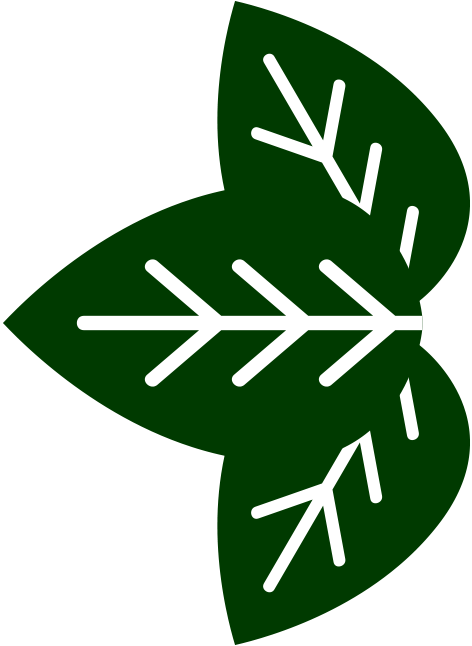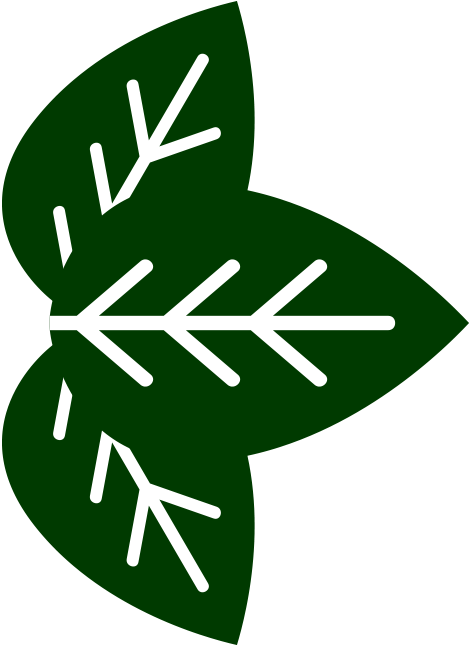LAWN MAINTENANCE – NEW LAWN:
The first 3-5 weeks after installation are the most critical. The landscape contractor’s job is to create an environment so that the potential of a good lawn is possible. The homeowner’s responsibility is to maintain an environment that is conducive to the germination and growth.
NEWLY-SEEDED AND OVER-SEEDED LAWN:
Grass seed, lime and fertilizer have been applied with the seed. Crabgrass control may also have been applied – especially for Spring seeding.
Straw has been spread to act as a mulch. It is very critical to keep this moist. This will keep the grass seed wet, aiding in the establishment of a good yard. Only on very rare occasions will a lawn suffer from too much water.
Hand-watering large areas is inefficient and time-consuming. A sprinkler is needed. Because a sprinkler only reaches a limited area, it is necessary to move it to different locations to get full coverage.
Normally, watering 1-2 hours in each location every day will be enough. This should start when we leave and continue until the grass is ready to cut the first time – about 3 weeks.
Straw is applied to protect the seed from drying out and also from birds. If the straw isn’t kept wet enough and a strong wind comes up, it can blow it into clumps. These clumps must be spread out or they will smother the tender grass underneath. Before mowing , take a leaf rake and gently rake off the largest clumps.
MOWING NEWLY-SEEDED AND OVER-SEEDED LAWNS:
When the grass gets 3-4” high, it is time to start mowing. After raking off the straw, set your mower “high” and collect the clippings. It is a good idea to have your blade sharpened so that it cuts through the grass and just doesn’t tear it out of the ground.
After a week or two of cutting “high”, gradually lower the blade to the desired cutting height.
NOTE: The fertilizer that we applied will last about 4 weeks. At that time, start applying fertilizer according to the schedule listed in “Lawn Maintenance – Established Lawn.”
SODDED LAWN:
Installing sod will quickly give you a thicker, greener, more even yard than seeding. SOD MUST BE KEPT WET! If it dries out even for a short time on a hot day, it is done for! Sod can be over-watered, but a general rule is to keep it wet enough that when you step on it, you leave a footprint. Normally by watering one hour in each place two times a day, this will be accomplished.
MOWING – SODDED LAWN
As soon as the sod is rooted down, you can mow it. This usually takes 3-4 weeks. Mow it “high” the first time and then gradually reduce it down to the mowing height you desire.
FERTILIZER:
Fertilizer was applied when sod was installed and will last 4 weeks. At this time, start your maintenance schedule.
LAWN MAINTENANCE – ESTABLISHED LAWNS:
To keep an established lawn looking good, it is necessary to make 3-5 applications of a fertilizer and pesticide every year. The application is easy – just work, but it’s the pesticides that gets a little confusing.
Most of the material for lawn care can be applied either as a liquid or as granules. Both are effective. It is a matter of personal preference as to which one you use.
STANDARD LAWN CARE:
A standard lawn care program like the lawn care companies apply contains the following items:
- CRABGRASS CONTROL: Crabgrass is a coarse, rough-looking grass that can ruin the look of an otherwise good-looking lawn. Sometimes called “Fall” grass, this grass only lives one season. It starts in the Spring as a seed and by July and August, it is a large rough-looking clump.Control is easiest if you apply your chemical in the Spring before the seed starts to germinate. Usually, this is between March 15th, and April 15th. A good rule of thumb is to apply the pre-emergent before the forsythia bloom drops.This application can be done at any temperature and it doesn’t matter if it rains afterward.
- WEED KILLERS: It is almost impossible to prevent weeds from cropping up in your lawn. So the normal procedure is to wait until the weeds appear and then apply your control material. Young, tender weeds are a lot easier to control than old ones, so a late Spring application is best. (Normally 4-6 weeks after the crabgrass control.)For best results if using a granular product, apply when grass is damp so the granules will stick to the weeds. DO NOT WATER FOR 48 HOURS AFTER APPLICATION.
- INSECTICIDES: Because of the large number of varieties of insects that attack the lawn, getting good control is difficult.Normally, an application in early June and then again in early August will keep you out of trouble; however, you must keep monitoring your yard and if browning occurs (either in spots or more like a spreading patch) another application may be necessary.Insecticides can be applied either as a liquid or as a granule. Either product should be watered in to get the chemical to the insects. Usually, watering 1-2 hours per spot is sufficient.PLEASE NOTE: You can also apply a fertilizer in conjunction with the first three applications for crabgrass, weeds and insects. The easiest way is to apply a dual- purpose product so that you only have to go over your yard once.
- LAWN FERTILIZER: A good lawn fertilizer is normally applied alone in mid-September when cooler, wetter temperatures start the grass growing again. Apply just before a rain or water in for best results.A weed killer can also be applied at this time. Trying to control weeds at this time is more difficult, but if you kill only one-half the weeds, next year’s control will be easier.
- WINTERIZER: A late application of fertilizer can be very beneficial. These fertilizers are low in nitrogen (to prevent too much tender growth) and high in phosporus (to stimulate root growth.) The soil at this time is still warm enough to grow roots even though the top of the grass has stopped growing. Applying a fertilizer by mid-November will give you a better root system next year and help keep the grass green through Winter.The following information will help in determining when to apply certain materials:
CRABGRASS CONTROL PLUS FERTILIZER – Apply March or April.
WEED AND FEED – Apply April or May and September or October.
INSECT CONTROL – Apply June and August.
LAWN FERTILIZER – Apply September or October.
WINTERIZER – Apply October or November. - LIME: Lime is a material that will modify the soil acidity. Most grass grows in a Ph of 6 – 6.5. (This is a scale to measure soil acidity from 1 – 14, with 7 being neutral.)Most soils in the Mid-Ohio Valley are acidic and can use lime; however, a soil test is the only way to tell for sure.Adding fertilizers and watering a lawn over a period of time will make the soil more acidic. So, liming might have to be done periodically.The best kind of lime is the pelletized type. This material is more expensive, but can be applied with a spreader to get very even coverage.


